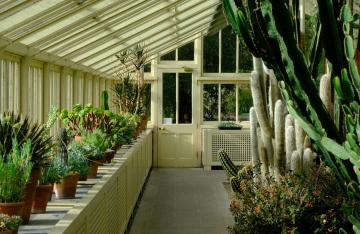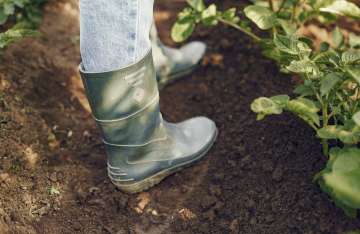A wet room is a pretty basic concept – you put a drain in the room and put waterproof tile on all the walls. This style of bathroom is very spacious and practical and it is popular in Asia and Europe – although not as much in the UK or the USA.
A wet room has a lot of advantages, as it is gives you much more room and makes your bathroom feel so much more spacious without shower doors and curbs getting in the way. A wet room is very stylish and can increase the value of your home. Also, wet rooms are so much easier to clean.
However, this type of room can be challenging to design. How can you make a wet room that feels warm and inviting? Here are some important tips that you should keep in mind when it comes to building a wet room for your home.
Wet Room Tips
- Putting in the drain is a job for a profession, as it will need to be on the correct gradient for the shower water to channel into the drain. Usually the installer will add in a sub-floor with plywood and then tile over it. They could also use a ready-made sloping shower floor and tile over that.
- The next very important step is waterproofing the wet room floor. This involves priming the floor and then coating it with a thick and syrupy waterproofing membrane. Once that is set, the room is ready to be tiled.
- It is also a good idea to raise the threshold of the bathroom door slightly, so that if there is a lot of water on the floor it will stay contained within the bathroom. (Such as if the shower drain gets plugged).
- It is important that the drainage pipe is able to cope with the amount of water that is produced by the shower.
- Vinyl sheets can be a good option for a wet room, as they are very easy to clean and they can withstand a wet environment. These types of flooring come in a range of colours, patterns and styles – so check them out when you are looking at Chester flooring supplies.
- Tiles are another great option for a wet room because they are water resistant. Make sure that you choose a non-porous type of bathroom tile such as porcelain and ceramic.
- Use warm coloured tile to combat the overall cold feeling to the room due to all the tile. Tones such as cream, beige, gold and other warm hues will make the room more welcoming.
- You can choose tiles and flooring with textures and patterns in order to make the space feel bigger. There are so many different styles of tile patterns, so you can find something that will match your décor.
- Also, choosing tiles with a little bit of texture to them will make them less likely to be dangerously slippery when they are wet. You want to avoid slippery tiles for your wet room as this could result in a painful fall.
- Since a wet room takes up less space than the traditional style of bathroom, you will be able to have more freedom and do more with the room. Be creative with the way you design the space and enjoy the large, open spaces.
- A wet room is also a great solution for a bathroom that is an odd shape, as it solves the issue of finding a shower to fit within the space.
- Use a glass partition to separate the wet area from the dry zone. It will not impede the views throughout the space, but it will help to avoid water getting everywhere.
- Having a very large and spacious wet room area allows you to be flexible with your shower features. You can include rain shower heads, detachable sprayers and much more. You can even add in a bench to sit on while showering.
- You might want to consider installing underfloor heating in your wet room. It will keep the tiles underfoot warm and it will help to dry out the water on the floor.
These are just a few essential tips to keep in mind when it comes to building a wet room in your home. If you need more help, contact Karndean flooring supplier today.




